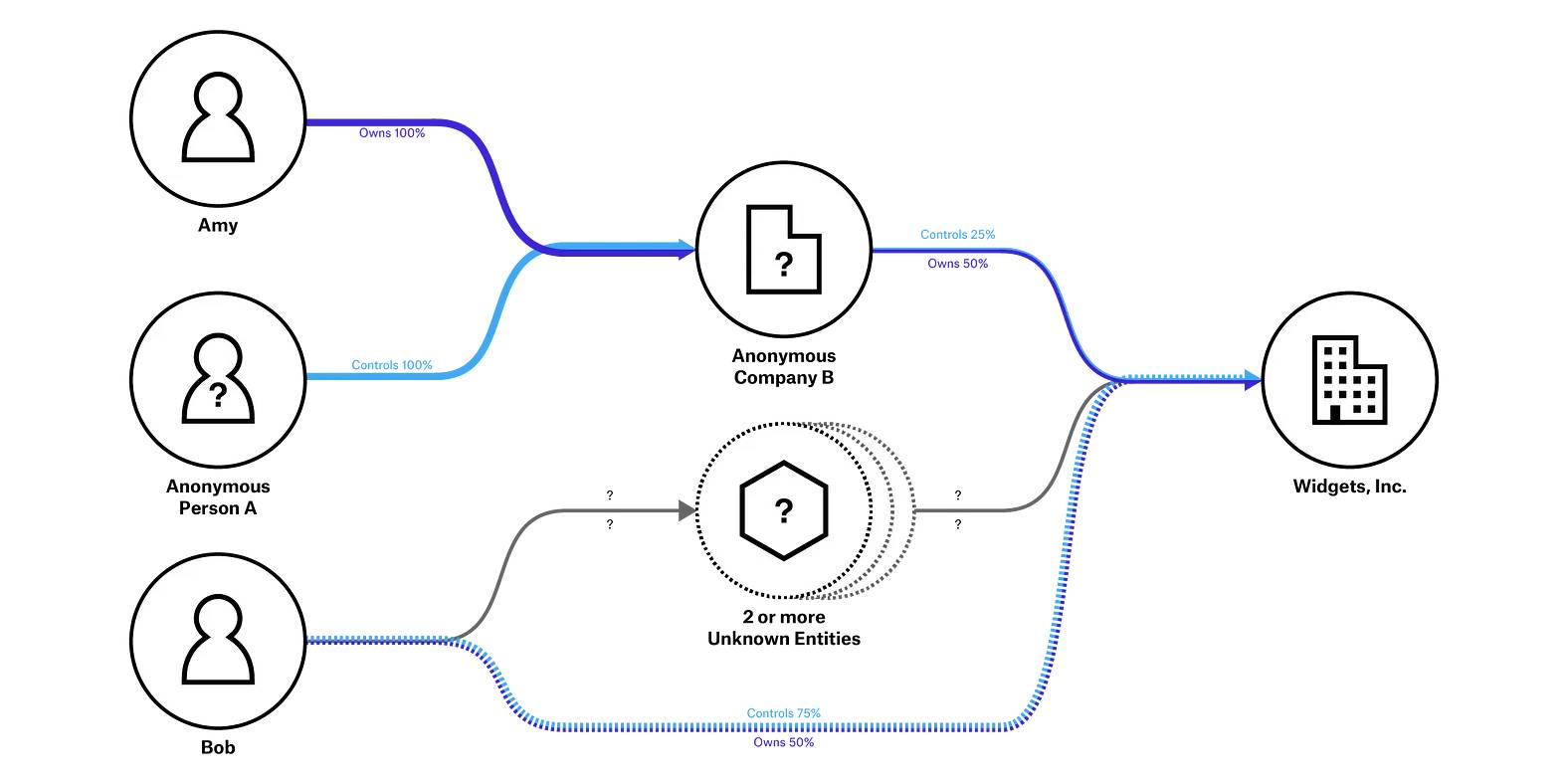Last week, Open Ownership announced that Armenia and Latvia have become the first countries to publish data using the Beneficial Ownership Data Standard (BODS) to their company registers.
Open Data Services have been supporting the Latvian and Armenian company registries to help them achieve this publication. It’s an exciting milestone on the path to beneficial ownership transparency — for the first time, governments are publishing data about who owns and controls companies (and other legal entities) in a way that supports better data.
We’ve been working with Open Ownership since 2016 to provide a structured data format and guidance for collecting, sharing and using beneficial ownership data. As beneficial ownership transparency is still a fairly new field, we’ve been developing a standard format for data that until recently hasn’t been officially collected. This means that right from the start our understanding of what makes good beneficial ownership transparency informs the standard, and the standard informs our understanding of good beneficial ownership transparency.
As well as building the BODS Data Review Tool and the BODS Visualiser to help people use BODS data, we’ve created a number of resources to help implementers (including Latvia and Armenia) understand how to create useful beneficial ownership data. These include:
-
embedding best data practices into the Open Ownership Principles
-
documentation to support people using the standard
-
a disclosure scope workbook to help implementers think through ownership and control structures
-
a technical note supporting regulators to reduce risks associated with exemptions from disclosure that exist for listed companies
-
guidance and templates to help systems designers create effective beneficial ownership declaration forms
Beneficial ownership data is most effective when you can use it to connect the dots between datasets, so BODS is designed to be interoperable. It’s already being used to build investigative tools — both mySociety and Sinar Project have combined beneficial ownership data with procurement data published to the Open Contracting Data Standard and data about people and their links to organisations published to the Popolo standard.
Congratulations Open Ownership, the Armenian State Register of the Legal Entities, the Latvian Register of Enterprises and everyone involved in this work — we look forward to seeing how people use the data.
